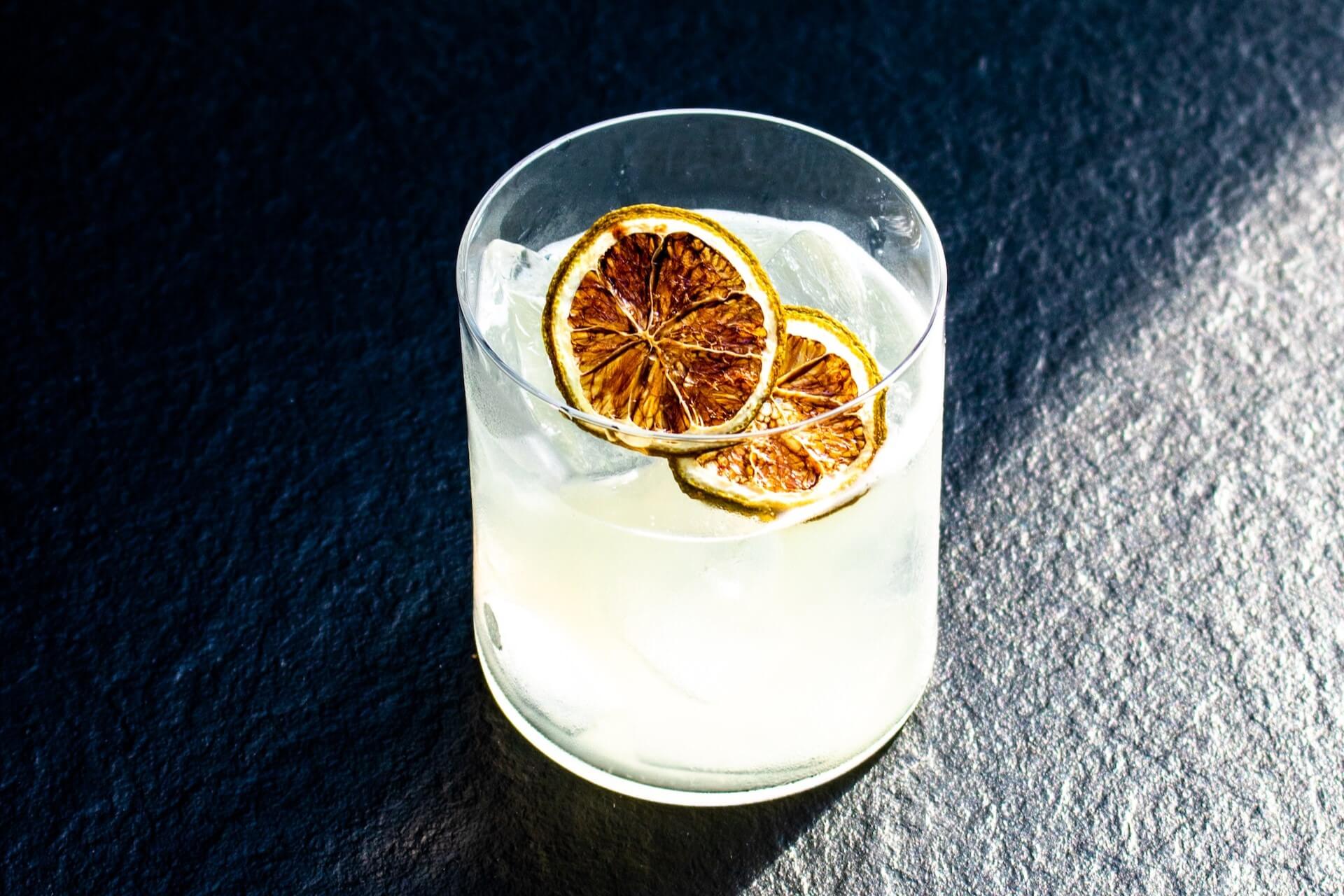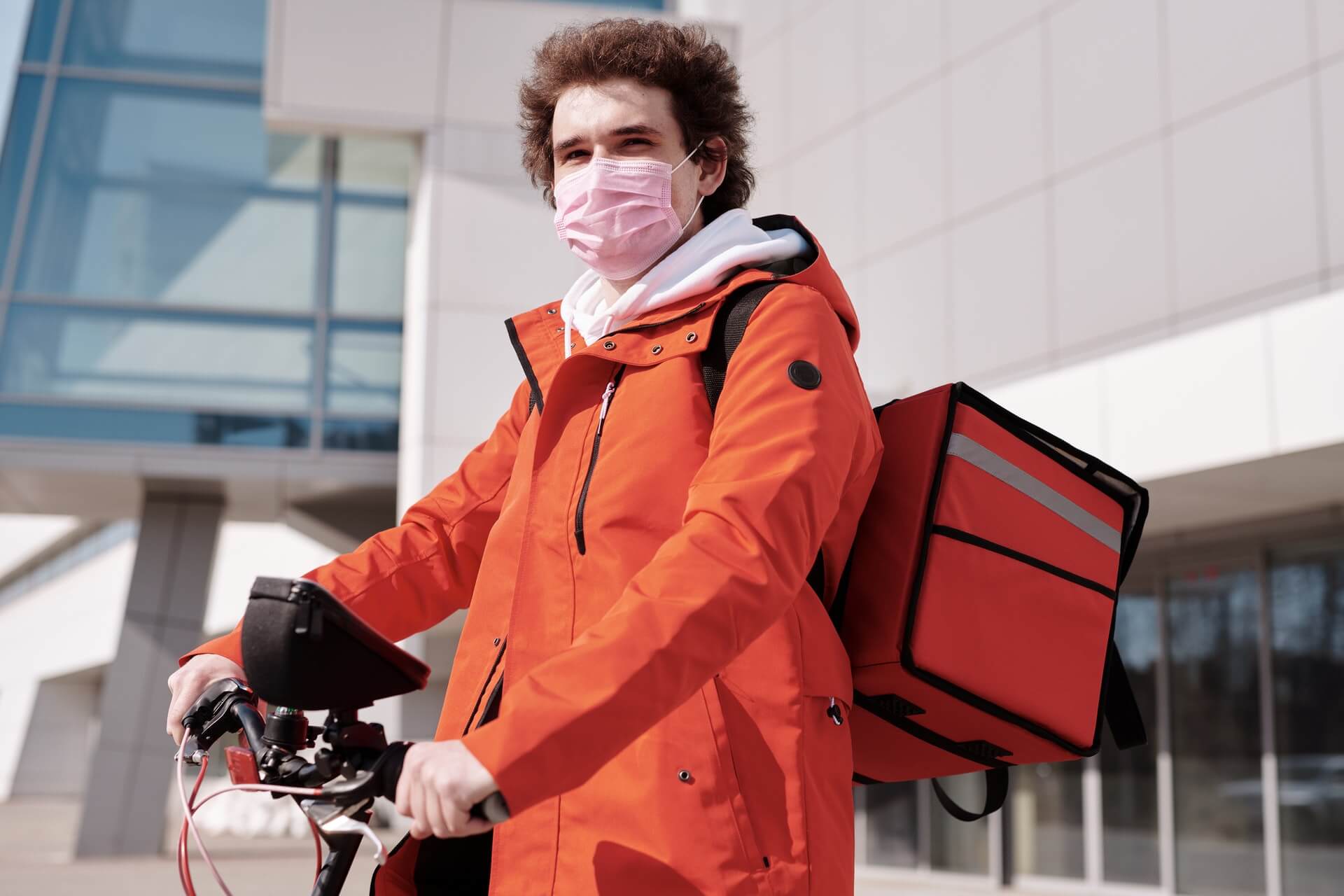Top 2022 Grubhub and Uber Eats Drink Orders
by David Klemt

The year-end Grubhub 2022 Delivered and 2022 Uber Eats Cravings reports identify this year’s delivery order drink trends.
Last week, we dove into Grubhub and Uber Eats’ top food orders. If you haven’t already, read that article here.
This week we’re going to check out what drinks were most popular in 2022 for both platforms.
Top Grubhub Coffee Orders
People are still working from home, full- or part-time. So, it makes sense that consumers are placing coffee orders for breakfast, snack, and lunch dayparts.
- Iced Coffee
- Hot Coffee
- Iced Caramel Coffee
- Iced French Vanilla Coffee
- Frozen Coffee
Top Grubhub Milk Alternatives
Of course, with coffee orders come milk orders. And as you’re probably well aware, milk alternatives are only growing more popular with consumers.
So, below are the top milk alternatives among 2022 Grubhub users.
- Oat Milk
- Almond Milk
- Coconut Milk
- Soy Milk
- Cashew Milk
As a possible explanation for the dominance of oat milk, sustainability could be a driver. According to available data, producing a pound of oats is much more sustainable than producing one pound of almonds.
It’s believed that oats are more favorable when it comes to basically every measure of sustainability.
Top Grubhub Alcohol Orders
I can’t say that I’m shocked to find the Margarita is the top cocktail order. It is, after all, the long-reigning Queen of Cocktails.
- Beer
- Margarita
- Hot Sake
- Piña Colada
- White Wine (Sauvignon Blanc)
I’ll admit that I’m slightly surprised that a red wine isn’t among the top five.
Top Uber Eats Alcohol Orders
Interestingly—perhaps a bit frustratingly—Uber Eats took a different approach to identifying their top drinks.
Rather than dedicating space solely to alcohol orders, their top drinks are part of combinations. As in, the “most frequently paired food + alcohol” combos.
So, here’s their list in its entirety:
- Steak + Margaritas
- Pizza + White Claw
- Burritos + Margaritas
- Chicken + Sangria
- Wings + Beer
However, there’s another drink in the Uber Eats “most unexpected food combos” section:
- Ham + Cream Cheese
- Fruit Roll Up + Hot Cheetos
- Pickles + Whipped Cream
- Popcorn + Pickle Juice
- Dark Chocolate + Tomato Salad
- Pizza + Applesauce
- Sushi + Ranch
- Peanut Butter + Pizza
- Cheese + Martinis
- Watermelon + Mustard
Therefore, we can reasonably extrapolate that the top 2022 Uber Eats alcohol orders are the Margarita, White Claw, Sangria, beer, and Martini.
Takeaway
If we compare reports and look for similarities, we see that two drinks are at the top: beer and Margaritas.
Both make sense. Beer, in can, bottle, and growler forms, travels very well. That makes beer ideal for delivery where it’s legal.
And as far as Margaritas go, there’s a wide array of canned options available. Again, canned cocktails travel well for delivery. Of course, restaurants and bars can also obtain the equipment to prebatch and package their signature Margaritas.
Ideally, your POS system can run reports to identify which drink orders are most popular for your delivery customers. Also ideal: operators should take as much control over their business as they can, implementing direct delivery as long as it’s feasible.
So, look into direct delivery, run your reports, and take more control while reducing costs.
Image: Edward Howell on Unsplash


